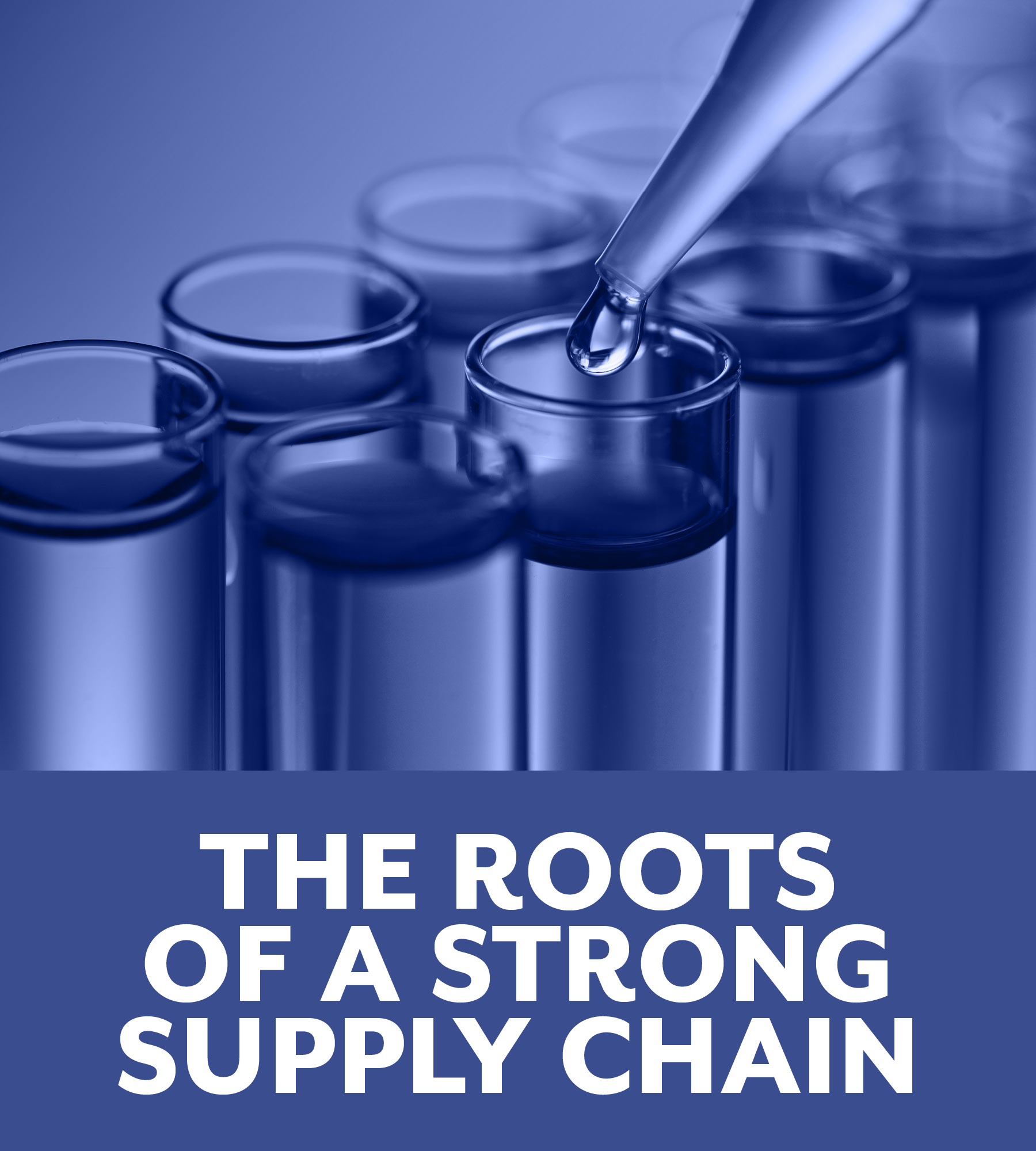Language
You can read the magazine in one of the following languages
Geolocation
You can read the global content or the content from your region

Health care is a very complex industry. Just consider the number of different entities involved in keeping you healthy, or more so if you require some kind of advanced care. You have physicians of all types, from your primary care provider (PCP) who you typically see first for general care or any malady, to surgeons and specialists ready to provide you the benefit of their advanced knowledge and skills. There is a hospital component that houses and cares for you in concert with your PCP, and specialists if you require surgery or are ill to the point that you need around-the-clock care. Once recovering, you may need rehabilitative care with the help of outpatient therapists or even facilities that will house you again around the clock during this recovery period. In many cases, you will be prescribed some medication to take on a regular basis that will assist your body in maintaining optimal health.
It’s this pharmacy-centered component we look at now, and how it all comes together to create and deliver that pill you conveniently take without giving much thought to how it came to you. Skipping the whole story of how a drug is created and ultimately approved for your use by the FDA, we still have many layers that a drug must travel before it gets to you. It starts with pharmaceutical manufacturers, which must follow a strict recipe that has been approved by the FDA. All components that go into the making of any drug must be identified, be they active ingredients or inactive ones that may only be used as binders or fillers to hold a formulation together. These ingredients cannot be changed nor can the source of most of these be changed without approval of the FDA. So once a company has their sources approved and the go-ahead from the FDA, they can manufacture the specific pill or medication. Once that process is complete, the pills are packaged, typically in a bottle of 30 or 90 or larger, and are available to be sold.

But a patient never buys a drug from a manufacturer, so who else is involved? The typical flow sees the drugs moving from the manufacturer to a drug wholesaler or distributor. Manufacturers by and large want to sell large amounts of product together and always in full sealed cases, and wholesalers and distributors are able to accommodate that model. Retail pharmacies, however, want to run an efficient business and do not want excess product sitting around that they must pay for. They prefer to buy a bottle or a tube at a time and reorder as needed. The wholesalers and distributors again accommodate this model. They buy in larger quantities from the manufacturer and sell smaller quantities to the retail pharmacy.
Like in any industry, some businesses run smoothly and efficiently, while others can be more turbulent. Clearly the smooth, efficient ones stand to last longer and win more business. Value Drug, under the steady hand of Greg Drew, is that business within the healthcare industry. Having in stock what its pharmacy customers need and getting it to them quickly, so that pill is there for you when you need it, is its job and it does it extremely well. As a manufacturer, Ascend Labs sees the important role Greg and his team play in the healthcare industry, and we are happy and proud to recognize and support them.
